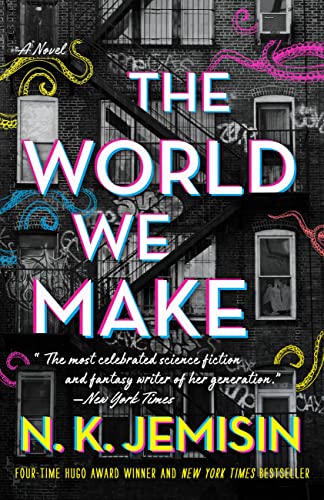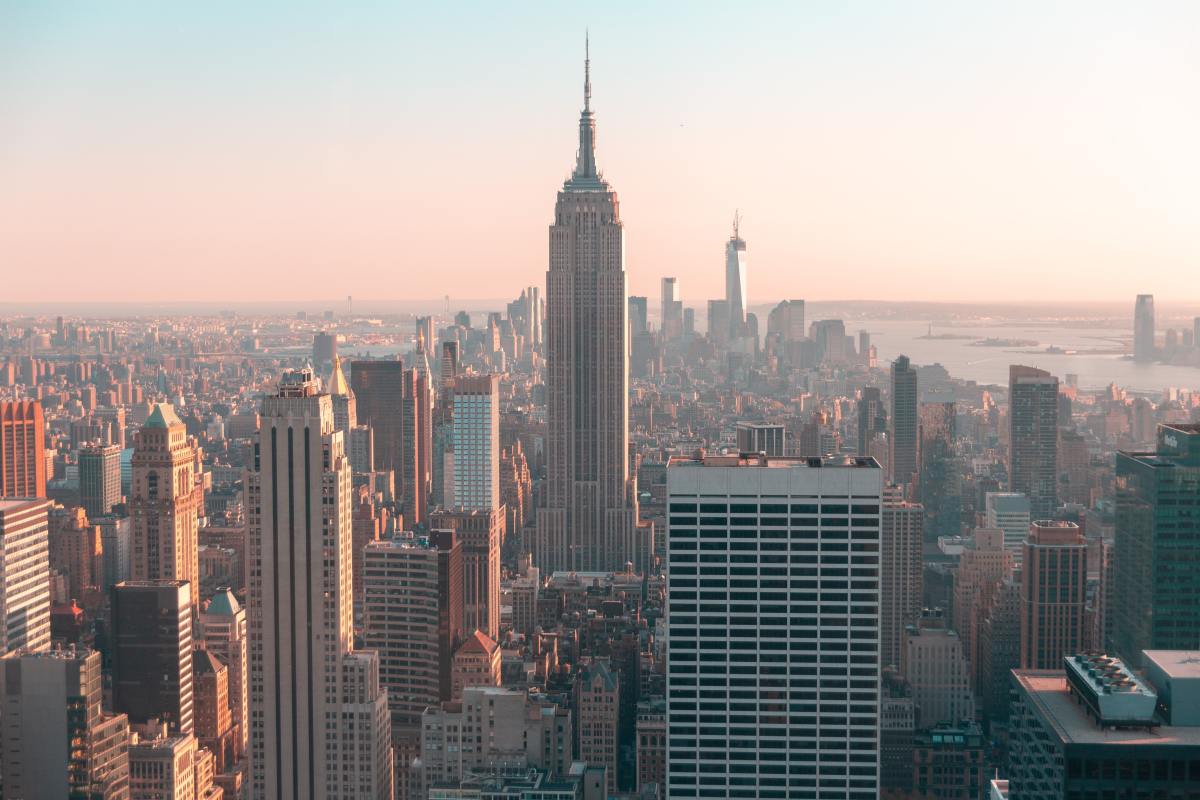N.K. Jemisin’s new novel, The World We Make, was released last month. Like its predecessor, The City We Became, Jemisin’s latest is a delicious urban fantasy about New York City coming to life and choosing human avatars to embody it. One effect of reading these books—which I’m sure Jemisin anticipated—is that they encourage city-dwelling readers to imagine what their own cities would look like in human form.

The plot of the two books—which make up The Great Cities duology—is relatively simple, giving them room to explore the lives of New York’s avatars. There’s Manny, avatar of Manhattan, who’s ruthless but good at heart. Brooklyn, a rapper-turned-politician, is the avatar of Brooklyn, while Indian mathematician Padmini is the avatar of Queens. Aislyn, who can’t break free of her white supremacist upbringing, is the avatar of Staten Island, and Bronca is the tough-as-nails artist embodying the Bronx. Bronca’s my favorite character—maybe because she rocks steel-toed boots and doesn’t countenance any nonsense, or maybe because my mom’s side of the family came from the Bronx and I spent many childhood summers visiting my great aunt and uncle there. Together, the avatars have to fight off a city from another dimension that’s trying to rid the multiverse of humanity.
I spend a lot of time these days depressed about the state of American literature, what with publishers merging and literary publications shutting down. However, I thank my stars that I’m living in an era when I get to see Jemisin’s career progress in real time. I’ll never get to read the works of Ursula K. Le Guin or Octavia E. Butler for the first time again, but at least I’m treated to a new N.K. Jemisin book every couple of years.
Like all of Jemisin’s novels, The Great Cities is an ambitious experiment that few other writers would be able to pull off. The genius of the books’ concept lies in the parallels between metaphysical and mundane threats. White supremacy and other forms of bigotry destabilize the multiverse by sapping the creativity that prompts cities to awaken, and making it easier for extradimensional baddies to get a toehold. Cities like New Orleans and Port-au-Prince are damaged by hurricanes and earthquakes in the mundane world, alongside more metaphysical threats. Throughout the two books, we meet other city avatars from around the world—São Paulo, Tokyo, Paris, Faiyum—and each has a distinct personality.
Not that the series is just a tour of all Earth’s avatars, of course. The story contains plenty of adventures and plot twists, not to mention incisive commentary on fascism and bigotry in the U.S. (although Jemisin claims in The World We Make‘s acknowledgements that she didn’t intend to write about fascism when she began writing the books).
The books are also a love letter, not just to New York, but to the very idea of the city. Beneath all the stereotypes of any given city, there’s the living, breathing reality: the people, the politics, the food, and the culture and conflicts and communities. Every city has a kaleidoscopic personality that only its residents understand, and The Great Cities captures all the beauty and messiness that make a city thrive.
All of which has me thinking about my own city, Los Angeles, and what its avatar might be. L.A. would probably have multiple avatars and, in accordance with Jemisin’s rules, they wouldn’t be limited to its official city borders. There’s South, Central, West, and East L.A., the Valley, the South Bay, the Hollywoods, Santa Monica, Beverly Hills (which would be a pretty unpleasant person), plus Culver City and Burbank and Pasadena and … oh, crap, this is getting way too complicated.
Well, at least I have an idea of who L.A.’s primary avatar could be. Maybe a skateboarder, maybe an indie filmmaker. Definitely young, since this city is still young. Probably Latina, considering L.A.’s history and demographics. Obviously femme (if you know, you know). She wouldn’t look exactly like me, but she would embody everything that makes my city feel like home.
(featured image: Roberto Vivancos via Pexels.com)










Published: Dec 21, 2022 04:14 pm